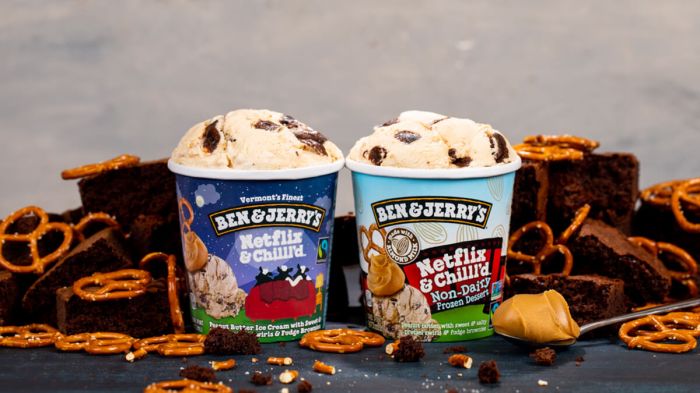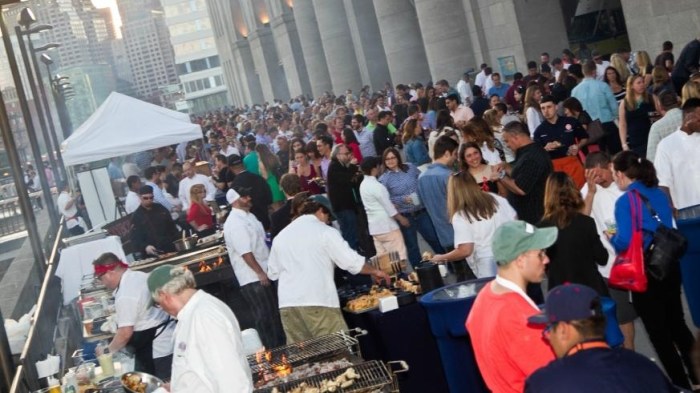It’s a great week to love hot sauce in New York City. Heatonist, the hot sauce emporium with a tasting counterKickstarted in February, quietly opened its Williamsburg tasting room this week. There are more than 70 sauces to try now; the store will eventually carry over 100 varieties made all over the world (yes, even some with the new king of heat, the Carolina Reaper), from Japan to South Africa. But it doesn’t serve food or drinks (though pairing dinners and cookouts are planned), so taste responsibly. Before we made a grab for the hottest thing to slather on our next meal, owner and hot sauce sommelier Noah Chaimberg laid some knowledge on us.
Is heat just heat?
“There are definitely certain categories of ingredients that pair well with different foods and less well with others.”
Is there a house blend?
“Our different sauce makers from around the world are sending us pepper seeds, so we’re going to be growing them here in the garden this summer. When we have our first harvest, we’ll try our hand at making hot sauce.” Are peppers the only way to get heat?
“When we think about wasabi, horseradish, mustard, ginger, these have a lot of spiciness to them, but it’s different from the capsaicin that we get from chili peppers. When you think about wasabi in particular, when you feel the spiciness in your sinuses, that’s because the spice molecules are much smaller than the capsaicin, so they float up from your mouth and into your sinus, whereas capsaicin is a bigger molecule, heavier, so it stays down and burns your tongue.” Does the type of pepperinfluence the sauces?
“The peppers have a lot of different flavors, definitely, because they’re a fruit. They all are unique, and people’s palates react to different peppers differently, also. The habanero tends to be one of those love it or hate it peppers — a lot of people do not enjoy them, but a lot of people love them.” What should we do if a sauce is too spicy?
“People will often reach for milk — dairy has a protein called casein that is sort of a cure for the capsaicin, and it tends to be the higher the fat content, the better it works. So a lot of people have whipped cream on hand, some people use cream cheese. We don’t have any whipped cream on hand, so just feel the heat and let it resonate for a minute.” We asked Chaimberg what to put on some of the most popular dishes right now for all three meals of the day: breakfast, lunch and dessert.
Avocado toast
“You want something with a little bit of sweetness and spice on the avocado toast, that’s really fresh and good for the morning,” he says. “We have aserrano, ginger, lemongrass hot sauce.” Ramen
“I like to use a vinegar-based sauce, and for that I’dprobably reach for theHeirloom Hot Sauce with chiltepin pepper. This company uses all heirloom pepper varieties that you don’t tend to see other places.” Doughnuts
“I would probably go with aghost pepper and blueberry hot sauce,” Chaimberg says. Take it easy with that pepper though, it’s one of the hottest in the world. “It’s usually good to dip rather than pour it on.” Eva Kis is on Twitter@thisiskis, where she talks about pop culture, cats and media almost as much as food. Looking for something to do? Plan your day, week or month with ourevents calendar.

















